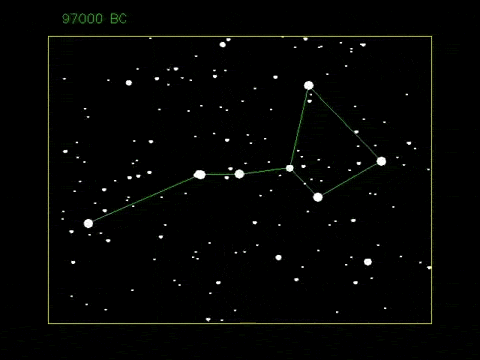The previous Veracle implored starting a venture not with planning, but tracking.
Tracking has different connotations in different fields. All kinds of tracking have three benefits: predict the future, achieve phenomenal results, and minimise risks.
1. Tracking helps predict the future.
When we track something, we capture a data point.
When we capture data points over time, we observe patterns.
And when we observe patterns over time, we develop predictive capability.
We can use this predictive capability to solve complex problems.
Here is an example from ancient India.
Once upon a time, there lived a mathematician-astronomer – Varāhamihir – in Ujjain. He was a courtier in the emperor’s palace. His correct predictions made him famous as an astrologer.
According to Ancient Indian Hydrology and Brihat-Samhita, Varahamihir used to correctly predict the exact day and prahar (which is a three-hour long subdivision of the day) of the first rains of the season. He could also foretell whether the monsoon would bring enough rains. His forecasts helped the emperor pre-empt and solve water related problems.
Varahamihir had even predicted water on Mars over 1500 years ago. His predictions are still relevant.
Other legendary mathematician-astronomers like Āryabhaṭa and Bhāskarāchārya were also regarded as astrologers because of their precise predictive capabilities.
But how did they do it in the absence of any advanced instruments?
These scholars leveraged tracking as a tool to develop predictive capabilities.

They closely tracked everything about nature, the celestial objects, and their changing positions. They performed mathematical calculations to draw patterns and conclusions. This helped them connect the dots and understand how it impacted human beings.
In short, when we put tracking to good use, we can solve even big problems.
2. Tracking renders phenomenal results.
Tracking is one of the most underused tools available to everyone.
A little but consistent tracking can lead to remarkable results.
For example, Sachin Tendulkar very diligently tracked every single of the 50,000+ balls he faced in international matches. After a while, he could correctly predict what the next ball is going to be. It helped him bat more balls to boundary irrespective of the opponents or the playing conditions. That made him the legend he is.
On a lighter note, he has tracked the game so well over the years, that he is now being applauded even for his accurate predictions, like this one and this.
John D. Rockefeller, considered the wealthiest American of all time, had developed the habit of tracking the market when he was a regular book-keeper. When the panic of 1857 struck, Rockefeller keenly traced the tumultuous events when the people and businesses around him failed. His tracking habit gave him insights about the weakness in the economy. He used these insights to eventually become the legendary investor.
When we track well, we can achieve the stuff of legends.
3. Tracking minimises risks and avoids unpleasant surprises.
Every field, like business, sports, or personal health, has some ‘performance indicators.’
Close tracking of these performance indicators enables minimizing risks and avoiding unpleasant surprises.
For example, here are some informal indicators to track personal health. Clubbing of fingertips indicates low blood-oxygen, crease in ear lobes may allude to a possible heart trouble, irregular speech patterns, uncommon tongue texture and colour, and abnormal eyes may also reveal presence of some underlying health condition.
When we track our health performance indicators, we can prevent nasty health surprises and ensure longevity of quality life.
In general, when we embrace tracking in our lives, we can predict and control how our life pans out over the years and maximise bliss.
Tracking in business?
Likewise, in business, when we track business performance indicators, we can avoid business catastrophes, predict future performance, and maximise business growth.
We, at Veravizion, have established tracking mechanisms to review business performance. It enables us to identify red flags for our clients early-on and help them grow.
A business tracked well is a business worth running.
What tracking mechanisms do you use to manage your business?
Related Posts:
- How Deliberate Strategy Can Be the Working Strategy!
- Competitive Advantage: you have one? Is it sustainable?
- How can we make difficult decisions?
<- Want to succeed in your venture? Don’t start with planning
“Don’t boil the ocean!” Is this advice for you? –>
Cover Photo courtesy: cloudfront.net, whatismyipaddress-dot-com
Also, please do follow Veravizion on LinkedIn, Twitter or Facebook to receive easy updates.
1 Comment
“Comparisons are bad” – Truth or Myth? – Veravizion
March 4, 2025 at 11:56 am[…] Embrace tracking to avoid unpleasant surprises […]